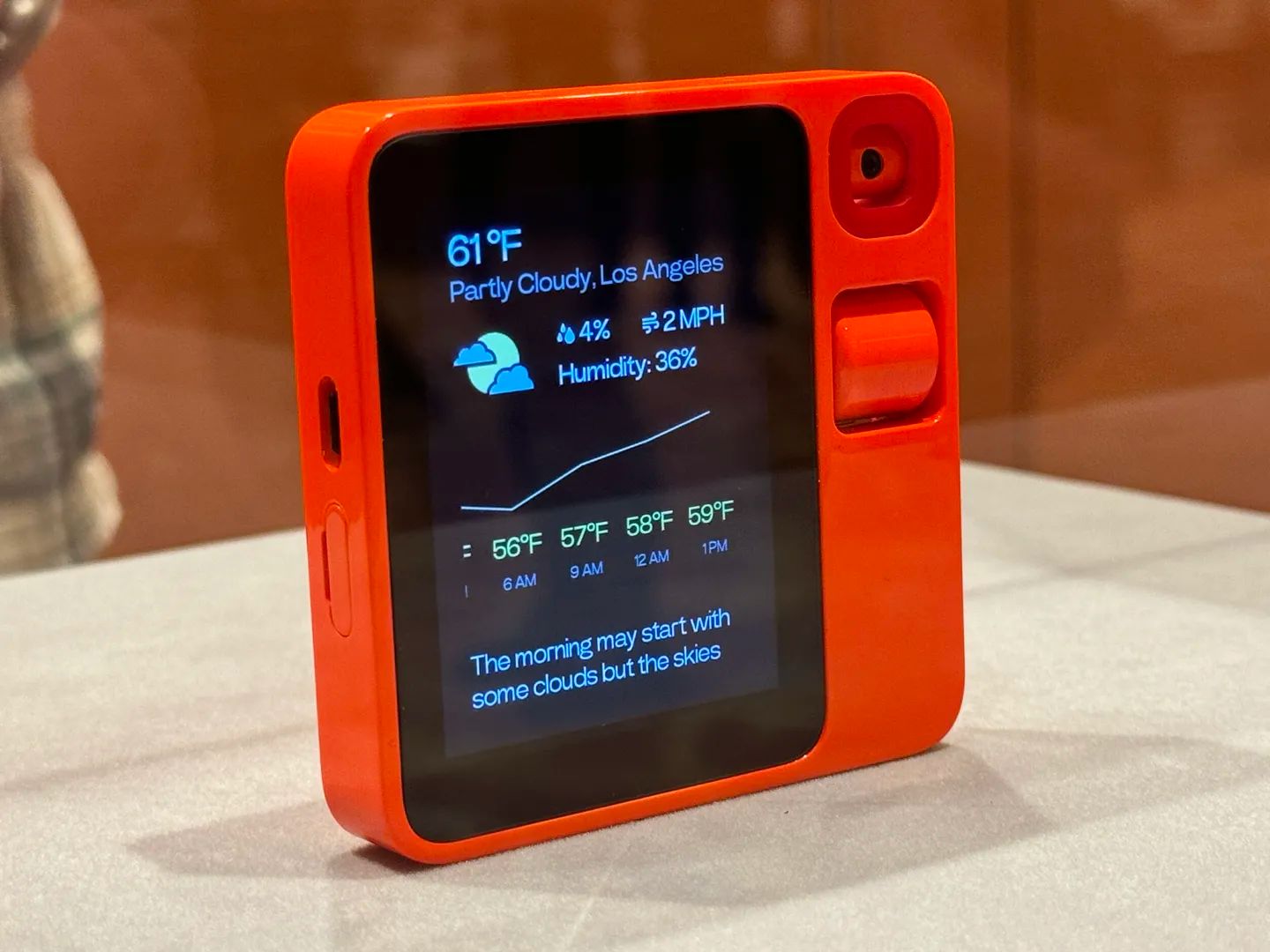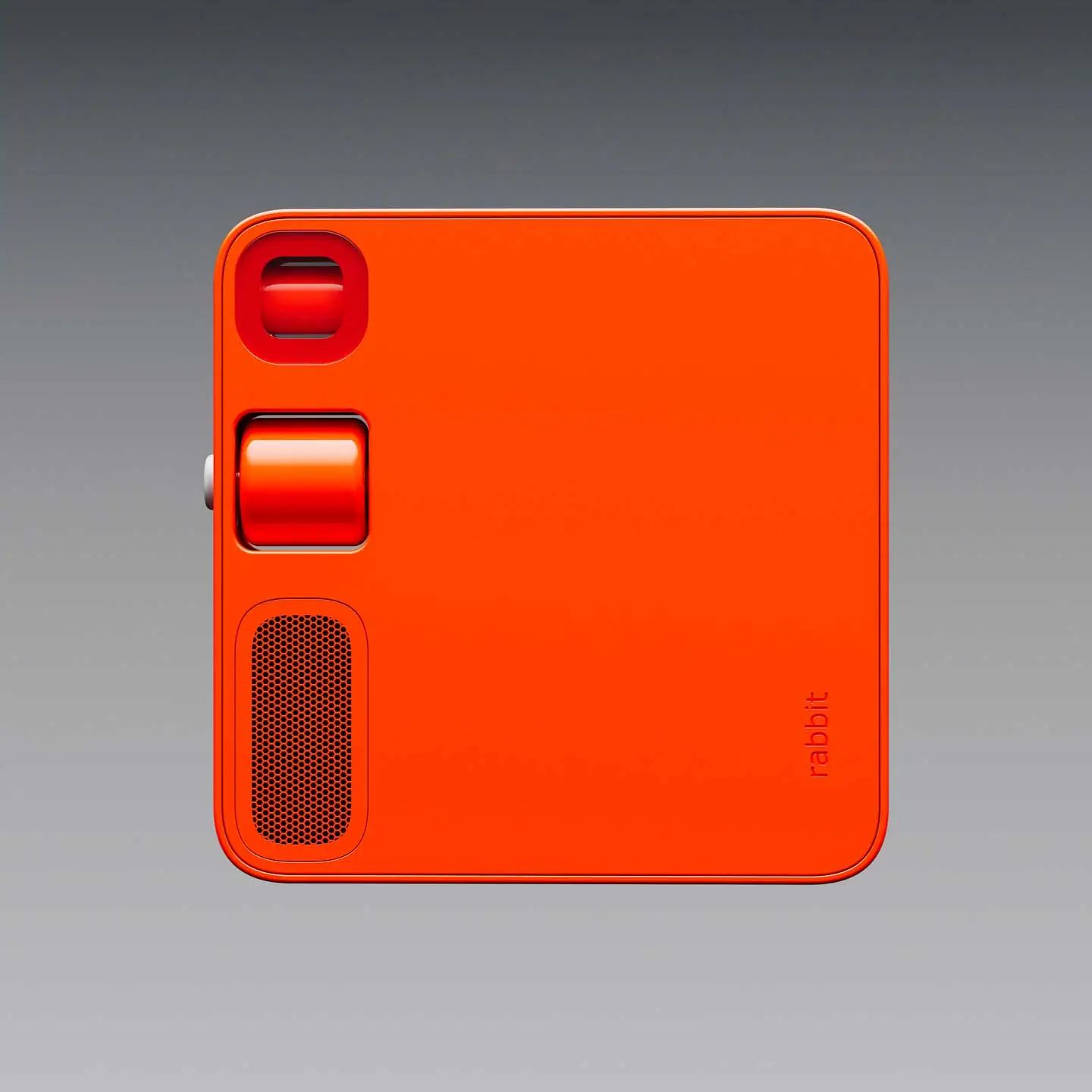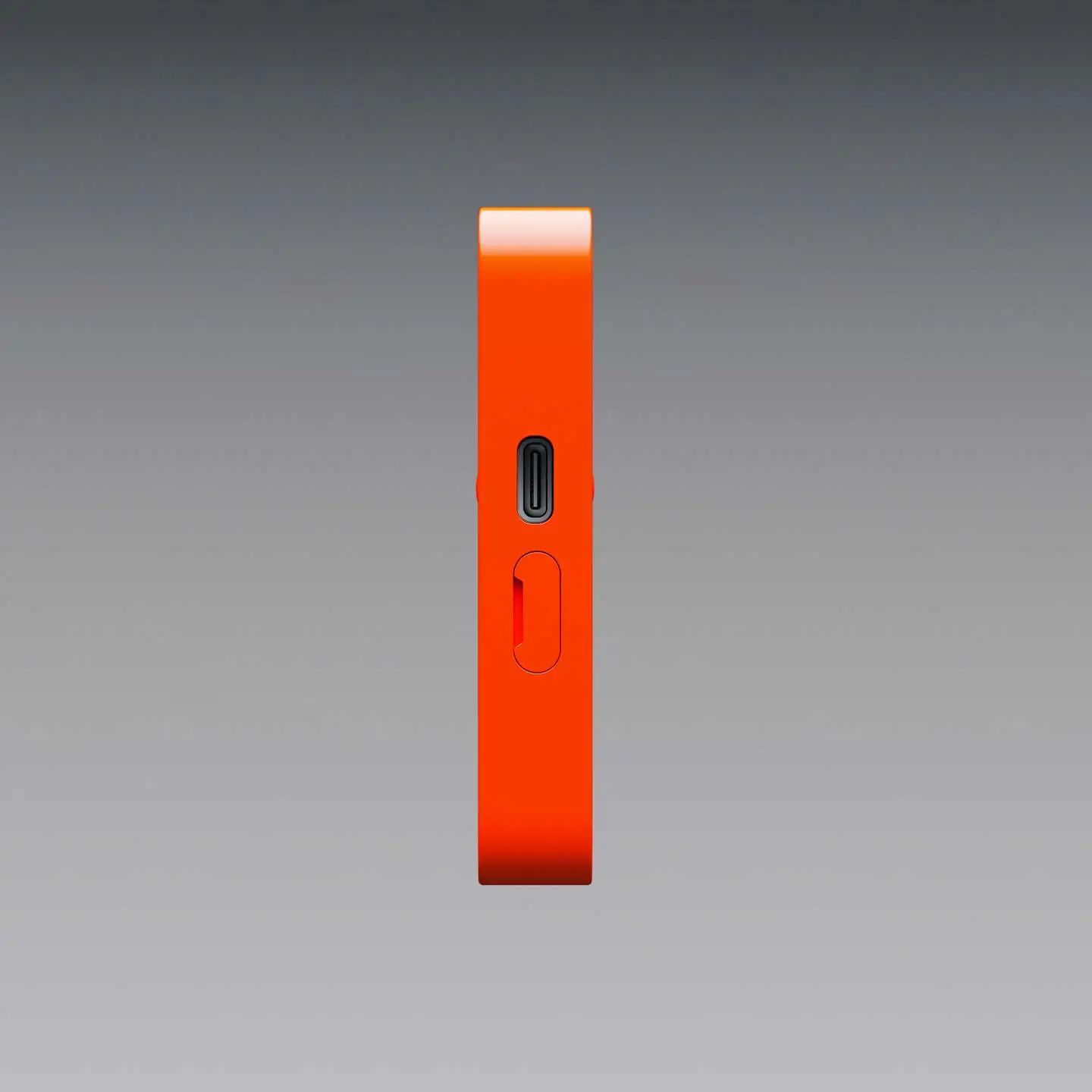Igeekphone, January 10 (Xinhua) – Rabbit recently participated in CES 2024 and introduced its $199 R1 handheld computer, hoping to use artificial intelligence to change the way users interact with applications.
The R1, Rabbit’s first product, features a small, square design that aims to act as an intermediary between users and their smartphones, whether iPhone or other devices.

Rabbit R1 and Rabbit OS are designed so that users no longer have to fumble through an app to complete a task, but Rabbit R1 and Rabbit OS do it for them.
Rabbit R1 uses a “Large Action Model” (LAM), similar to the large language model (LLM) used by chatbots such as ChatGPT, to receive instructions from users and execute them on their behalf in the application.

For example, if a user says “I need a ride to the supermarket,” the Rabbit R1 can automatically trigger the Uber app to call a ride-hailing service for you to get you to your destination.
In short, the existing user interaction logic is that the user needs to open an app before performing the corresponding action, and the Rabbit R1 is trained by LAM to receive natural voice commands from the user and automatically perform the application action.

The R1 itself is a fairly simple device, consisting of a 2.88-inch touchscreen with a rounded square screen designed by Teenage Engineering. It features a 2.3GHz Mediatek processor, 4GB of RAM and 128GB of storage, an “all-day” battery life, and a swivelable camera “eye.”
Unusually, it also comes with a heavy roller and a side button for pressing calls. There are a pair of far-field microphones at the top to capture user tasks, and while there’s room for a SIM card, it doesn’t seem to work as a smartphone just yet.
Conceptually, Rabbit seems to be going the same route as Humane’s Ai Pin, but more about controlling the apps a user may already be using, rather than using AI to perform the task itself. At $199, Iy’s much cheaper than Humane’s and doesn’t require a subscription.










